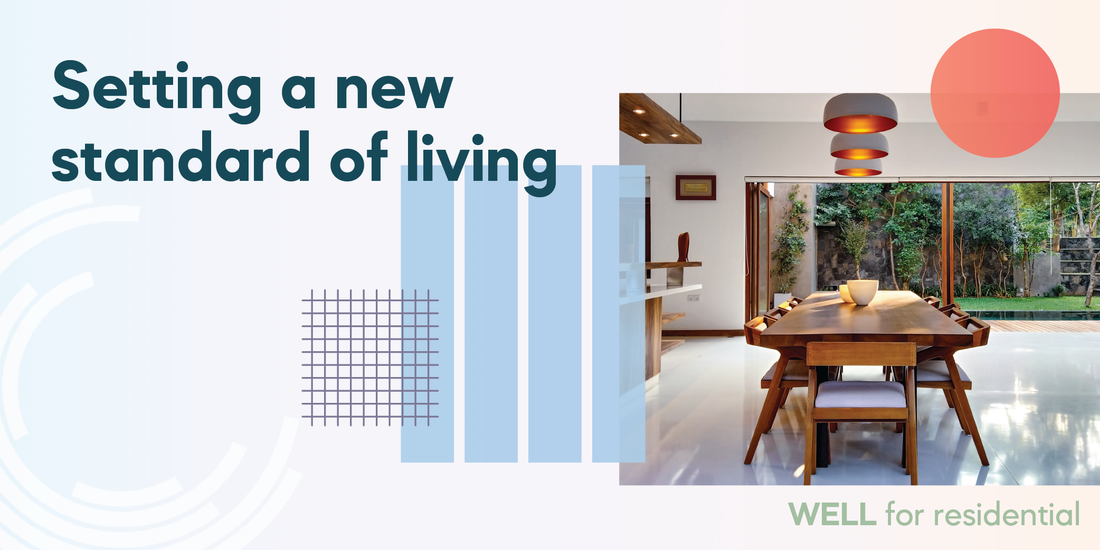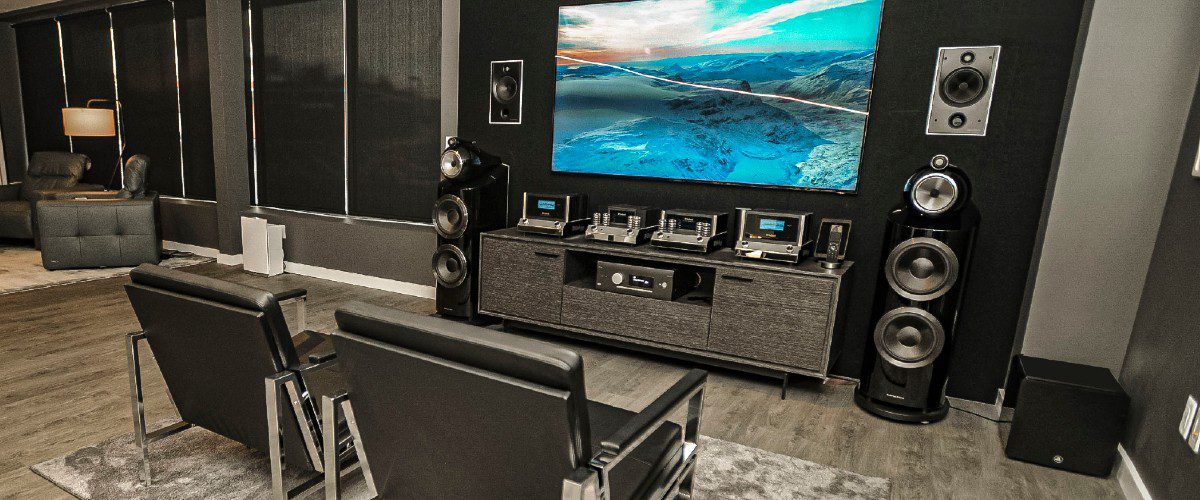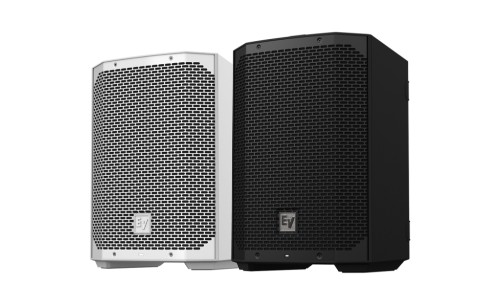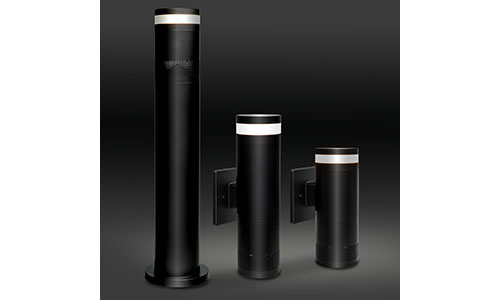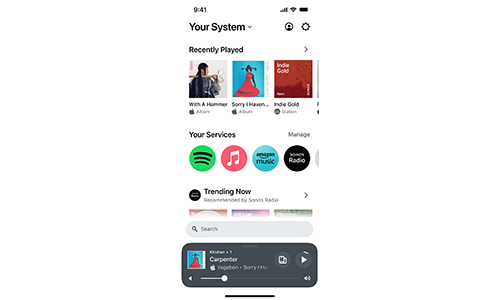I love to talk business with my buddies in the industry. I am part of The Guild, Azione and the Home Technology Association (HTA Certified, htacertified.org) so I am fortunate to be friends with a lot of successful integrators that are always making me smarter.
Being a curious person (some would say nosy) doesn’t hurt either. I am typically not afraid to ask a lot of questions and skip right past the small talk.
One of the stats I like to discuss is the close percentage. I am curious as to how many proposals my peers need to generate to get a closed sale. I can say that the bigger the ego of the person I am talking to equates to a response that has a higher number. The big ego guys always tell me they have a “90%” close ratio — meaning if they create 10 proposals, nine of them turn into sales. The “cup half empty” guys typically say “20%,” which is also probably not true. I am not saying my pals are lying, but I think they are not properly tracking this statistic. And they should be!
Now if I interviewed 100 integrators and asked, “What is more important — increasing your incoming leads or increasing your closing percentage?” I bet 99 would respond “increasing my leads!”
They are dead wrong. Let me tell you why.
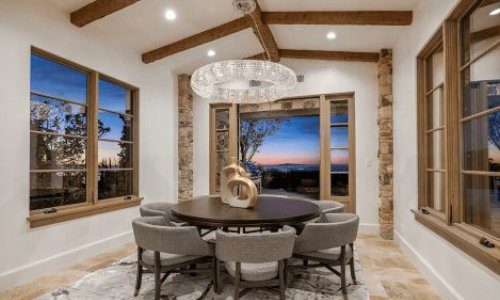
The Future of Digital Lighting & Control
As a custom integrator, lighting is in demand. Effective communication, education and showcasing the value proposition of LED light fixtures in conjunction with integrative control systems are the keys to overcoming challenges and closing sales in this specialized market. Join us as we discuss the future of digital lighting and control with David Warfel from Light Can Help You and Patrick Laidlaw and Mark Moody from AiSPIRE. Register Now!Closing Percentage Is More Cost Beneficial to Tackle
First, leads don’t send you deposit checks; closed customers do.
Improving your closing percentage is the quickest, easiest and lowest-cost way to increase your revenue. Before you think about adding a salesperson, work on upping your closing percentage. Salespeople take your time, energy and a sizable investment to ramp up. I am not saying don’t hire a salesperson; just don’t do it until you master your close rate.
Based on all my anecdotal evidence, I would estimate the real closing percentage of our industry is around 45%. The lower range is likely 30% and the sales dynamos are closer to 60%-70%. This means, on average, that for every 10 proposals we create, we close less than half. The net result is nine projects for every 20 proposals we create. Let’s extrapolate that to a more accurate yearly figure of 100 proposals generated and 45 projects closed (large and small).
Now if an integrator wants to grow, they think, “I need more than 45 projects. I need more leads!”
So if they want to grow by 15%, then they need approximately seven more projects. They can achieve this two ways.
Option 1: Acquire 16 new leads
At an average 45% close rate, you would need 16 leads to generate seven closed projects.
The process for accomplishing this? Make 75 phone calls to set up 25 meetings with architects, designers, builders. This should net about 16 new leads. Then you will make 16 new client meetings with an average of 20 follow-up/presentation meetings. You will create 16 new proposals and approximately 25 total revisions of those 16 proposals (a little less than two revisions per proposal). At the end of that process, you will have closed seven additional jobs.
Your time invested: roughly 250 hours.
Option 2: Increase your closing percentage from 45% to 52%
By upping your close rate by 7%, you generate the seven more projects that you need to grow 15%.
Get better at winning the birds in hand. Your time invested: 0 hours (work smarter, not harder).
So, here is question 1. Do you have 250 additional hours to spare? That is the equivalent of 6.25 work weeks!
Let’s just say the answer is no. You are already strapped for time, and your wife and kids often forget that you are part of their family because you are so busy keeping your business running.
Question 2: Do you enjoy creating and engineering proposals that don’t get approved? Another “No” … unless you are some sort of freak.
Increase Your Odds by Learning Key Data
OK. With that out of the way, we have a clear path to success. Close more and waste less time on creating proposals that go nowhere — and stop wasting time with clients that aren’t going to write you a check.
Now, increasing your closing percentage is easier said than done. You need to work smarter, be strategic and embrace competition.
Here are the steps to help get you there:
Know the playing field, find out these crucial pieces of information.
- What will it take to win? A lot of integrators do not ask this simple question because they are afraid of the answer. Ask your prospective client, “What is the most important thing when choosing a company?” and you may be surprised by the answer. Some may say they want the best qualified company; others may say they want a guy that knows how to explain systems to the wife; some may say that they want a company that is down the street; others may say, “just give me great price.” That last one is the one we fear the most. But the point is that you don’t know unless you ask, and it’s just as likely your competition is not asking that simple question. The answer will determine your next move and what you will emphasize in your pitch and proposal.
- How many competitors do I have? If they tell you four or more, you may want to run from this one. I have bid on projects with seven integrators competing. It seems the lowest-price trunkslammer always wins those. If, on the other hand, it is just you or you and one other, you can devote more focus on this close as your odds are dramatically higher.
- Who are my competitors? This will be hugely helpful. This gives you an opportunity to know if you are in good company or competing against a bunch of low-quality, low-ballers. Avoid the temptation to disparage your competition (it only makes you look petty) and take the opportunity to talk about how you are different and why that matters. If I am competing against a bunch of weak firms I sometimes say, “I will be the most expensive bid you get, but I will be worth it.” This statement usually gets a client’s attention and results in the client asking “why?” This gives you another opportunity to talk about how you represent higher quality.
- How did the bidders get chosen? You need to know where these names in the hat came from. Sometimes the company with the most vocal advocate (designer, builder, architect) wins. Sometimes it’s the incumbent who is working on their current home. Sometimes they just found a third bidder online. Know who has the inside track. Hopefully it is you; if not, you may have to jockey to pole position … but know where you stand.
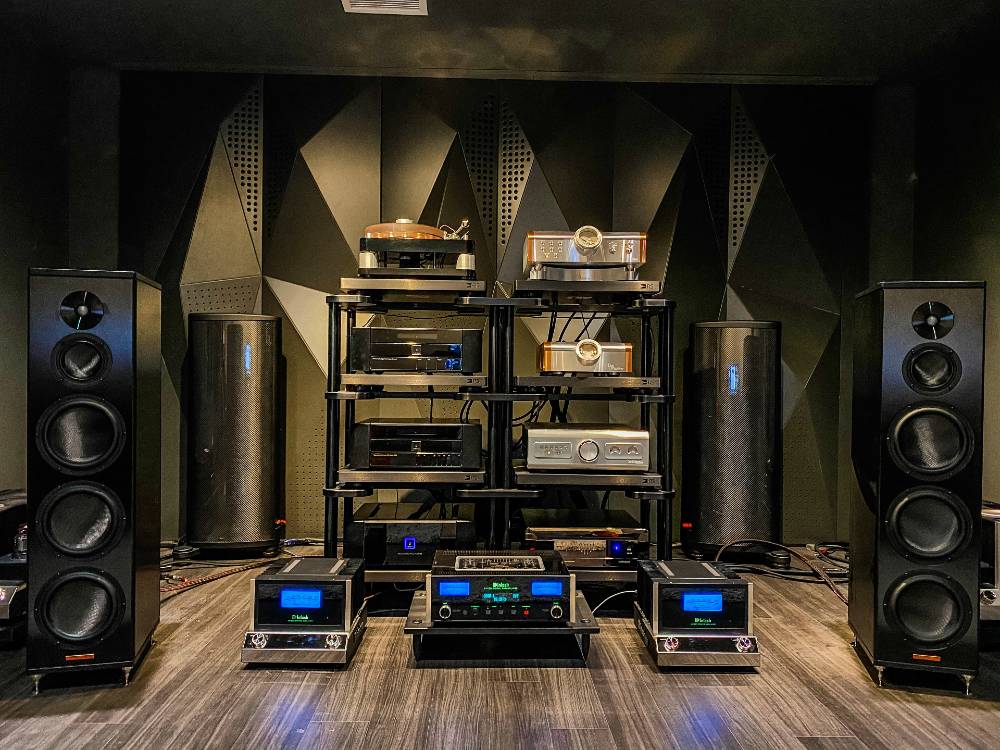
Debunking 5 Myths to Hurdle for Higher Close Percentage
Now that you know the playing field, it is time to differentiate your company. But first, you need to know the five myths of a CI customer/prospect.
Myth 1: They understand your proposal.
They are clueless about your proposal and get more confused as they review more proposals. In the end they see a bunch of Crestron or Savant model numbers, Sonance speakers, Sony TVs, or whatever … and they throw up their hands and say, “these all seem the same to me, let’s just pick the lowest price.” You will not win a job if you are relying on your client to differentiate your proposal/system design from your competitors.
Myth 2: They like you — they really, really like you.
Just because a prospect smiles at you and is charming and engaging does not mean they like you enough to award you the project. We have all walked away from meetings with the “I got this!” confidence only to find out the client went a different way. Don’t equate your rapport with a surefire close. It is wonderful and helpful, but not a guarantee. All three competitors may have walked away with that same warm and fuzzy Sally Field Oscars moment.
Myth 3: They can “tell” that I am the clear choice.
How many times have you competed against two knuckleheads who were clearly not as good as you and you still lost the job? You falsely assume that the clients, by osmosis, “get” that you are the right choice. Here are truths. Everybody that shows up at that interview location knows more than the client about tech. This makes everyone “experts.” Most likely all three salespeople/owners are fairly charming and decent at sales. Most likely all three have touted pretty solid reasons why they are “the best.” You may be tops of the three, but it needs to be clearly expressed (and backed up) in the interview.
Myth 4: The client trusts me.
The client or prospect thinks you are full of it, until proven otherwise. Most client defenses are fully up when listening to your spiel. This is because they feel at a great disadvantage to you since they do not understand technology. You are speaking Greek and they are in a vulnerable position. Never assume that your client believes you are “the best” unless you provide them with some data to back it up.
Myth 5: Price is the most important thing to clients.
Clients care about price. We all do. But price is not everything. The richer the client, the less important price becomes. Price becomes the most important thing when the client feels that is the only metric they understand or believe. The client is more fearful of hiring the wrong firm or choosing the wrong gear then paying too high a price.
When you can shift the conversation away from price and can express why quality and experience is worth paying more for — and why you are a better choice — then you will close more and lose less to price. Here is a great hack for you: prior to your first meeting, have a prospect create their own budget using the HTA budget calculator (https://htacertified.org/home-technology-installation-budget-tool). This will do wonders to diffuse the “sticker shock” bomb, establish what things really cost, and shift that conversation away from price. It’s a lifesaver.
5 Ways to Win Over Your Potential Customers
So now you are in the right frame of mind. You know who the competition is. You are not assuming your client likes you, believes you, can tell the difference between you and the others, or understands anything you are saying. It’s not as depressing as it sounds. You have to earn their trust and their business. Start by making zero assumptions. You are on your way to a closed sale.
Now that you are aware of the five myths, let’s get to the five tips and tricks to improve your closing ratio.
- Prove you are the best instead of just saying it. You may have awards. You may have been in magazines. You may be a top-tier dealer for a particular brand. Talk about these things. Use these and back up your proclamation as to why you’re the best. My personal favorite “proof point” is my HTA Certification (htacertified.org). With only a couple hundred firms passing this rigorous certification, it sets me apart from 98% of my competition. I can look a client in the eye and say that I have been fully vetted and am one of the elite few companies that have passed this process. With an organization like the Home Technology Association giving its stamp of approval, I can set myself apart from the others. I also know that clients are always looking for some third-party validation before choosing a company or product. Like a 5-star review, HTA Certification should raise your closing rate by 7% or greater. It helped raise my close rate 22.4% when I compared my 2019 and 2020 sales figures.
- Listen. Most of your competitors show up to an interview and blather on about themselves and the tech they sell. Do not use the “show up and throw up” sales approach. It is a loser. Ask a lot of questions and listen to your prospect. Find out what is important to them and repeat it back to them. Clients will respond to the fact that they feel their voice was being heard.
- Do not ignore either spouse. My firm once won a job because our competitor could not stop looking at the wife’s chest during the sales pitch. No joke. Often the wife has the most influence but is completely ignored in the meeting, do not do this … or stare inappropriately. In fact, treat both spouses equally as the decision maker even if one of them is quiet or disinterested. So many jobs get won because the wife “likes” one of the contestants better. Do not underestimate the influence of either spouse.
- Deliver budgets in bite-size chunks. Help your client understand how you are proposing that they spend their money. A single proposal with a final price tag of $300k is overwhelming to a client. Divide those costs up by system so they can better understand how it got to $300k. Making a proposal or budget presentation digestible will help you close more sales.
- Shift the conversation from price to quality. Paint a picture for your client of the user experience if they hire the wrong person vs. the user experience when they hire you. This should be completely non-technical. They have all heard horror stories from friends who hate their technology systems. Tell them how you do it differently so that their experience will be unicorns and rainbows instead of them wanting to smash their remote with a ball peen hammer every time they try to watch “The Masked Singer.” Let them know what you do to make their system more reliable and user-friendly.
CI owners and salespeople are all short on time and busy sorting through opportunities. If you focus on closing the leads you have in your pipeline, you can save an enormous amount of time that you would otherwise spend on prospecting, windshield time, zoom/meeting time, and creating endless go-nowhere proposals and revisions. These are just a few things you can do to improve your closing ratio without having to consume more of your precious time.
Eric Thies is President of Lake Balboa, Calif.-based DSI Luxury Technology, an HTA Certified custom integrator.
If you enjoyed this article and want to receive more valuable industry content like this, click here to sign up for our digital newsletters!

